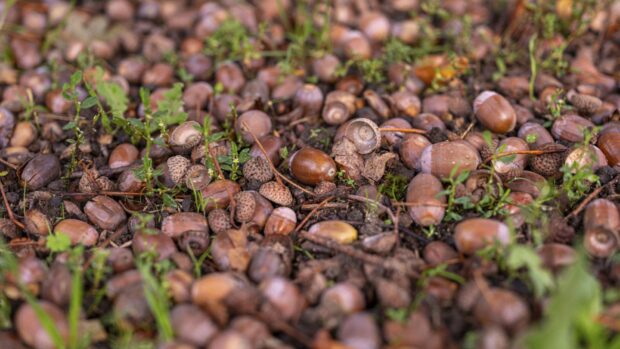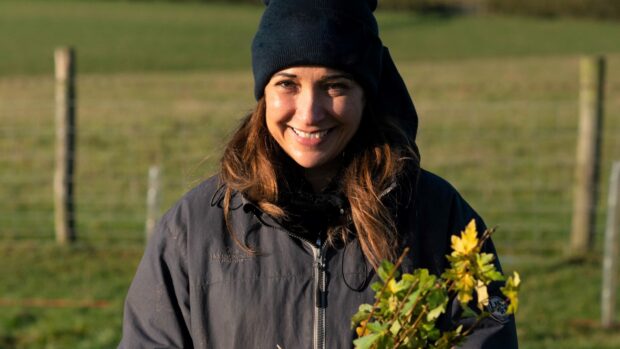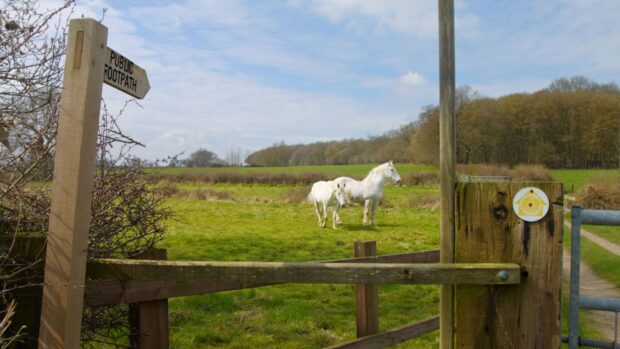Those utopian pastures of the past, where horses grazed all day on a variety of grasses and herbs, are often believed to be a thing of the past. However, in reality most horse pastures are still quite meadow-like, containing a variety of species, including weeds in most cases.
This mixture of plants ensures that spring and summer grass provides a rich but variable source of food. Even poor quality pasture contains more energy and protein than a low-energy feed at this time of year.
In terms of nutrients, all grass is at its richest in the spring. A horse moving from hay to spring grazing could receive a boost of nutrients equivalent to going from three scoops of horse and pony cubes to five scoops of racehorse cubes in one go. However, the nutritional value your horse will receive from his grazing depends on how long he is turned out for and his worm burden.
Sugar is the main source of that energy, with about 3% of every mouthful in this form, while the protein percentage can be in the high 20s. The is good for mares with foals and rapidly growing youngstock, but is too good for others, especially those prone to weight gain or laminitis.
Micronutrient levels are more variable. Calcium and calcium to phosphorus ratios are rarely a problem in horse pastures and are often supplied above requirement in the correct 2:1 ratio. Vitamins are plenty, but trace elements can be less reliable, especially on light, silt or sandy soil, or land badly damaged by hooves.
It is important to introduce new grazing slowly, whether your horse is moving to a new field or being turned out for the first time this year to reduce the likelihood of dietary upsets.
Paddock maintenance
The key to good grass management is fourfold:
- Keep the grass at a target height of 3-4in
- Collect droppings frequently
- Avoid the land getting poached
- Remove weeds such as thistles, docks, nettles and ragwort
Short grass produced extra leaves, or “tillers” that create a dense mat, providing nutritious grazing and preventing excessive hoof damage. Keeping grass to a target height is challenging, however, not least because the grass grows at different rates throughout the year.
There are two peaks of rapid grass growth, the first around May and a lesser one around September. During spring peak, well-managed grass is capable of feeding three to four 16hh horses per acre or five to six 13hh ponies. In September, one acre will support a maximum of one horse or two ponies. If fewer horses graze, they cannot eat fast enough to keep the grass at its optimum height and ungrazed areas will grow tall and unpalatable.
While collecting droppings may be a chore, horses don’t eat where they dung or urinate, resulting in distinct “toilet” areas. Large areas of grazing can be lost this way if ongoing paddock maintenance is not undertaken.
Turning horses out when land is wet can be very damaging. Shod hooves cut through the grass and into the soil beneath, causing damage to the soil structure, grass growth and drainage. Weeds are often the first to grow when bare soil appears and heavy poaching can spell the end of good grazing.
In short, doing nothing with your grassland isn’t an option. Poorly managed pasture can turn into a nasty, weedy, horse-sick parcel of land within three to four years.
|
||
 |
||


 Get up to 19 issues FREE
Get up to 19 issues FREE TO SUBSCRIBE
TO SUBSCRIBE 


